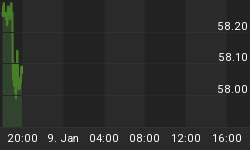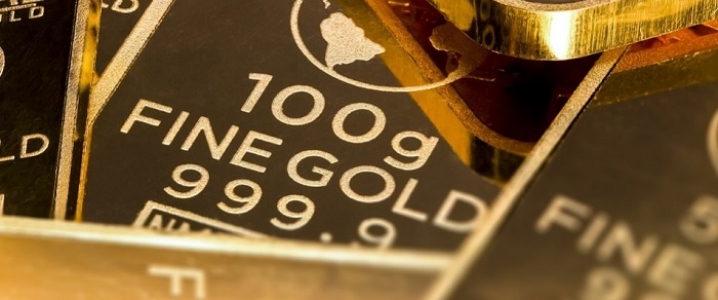As gold spot prices edge up over $1,205, a survey from Kitco has both Wall Street and Main Street expecting a gold price rally this week—and so far, so good (sort of).
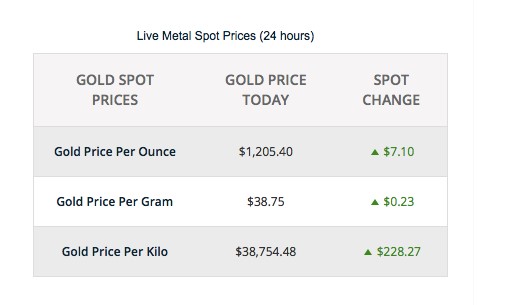
(Click to enlarge)
One survey closed out last week, on 31 August, and covered 18 market professionals—nine of whom called for higher prices, while four called for lower and five were sideways. A separate online poll that had 48 percent of respondents calling higher prices against 37 percent who are betting on a dip, and 16 percent seeing it sideways.
For Wall Street voters, the breakdown was 53 percent bullish, against 45 percent of Main Street voters.
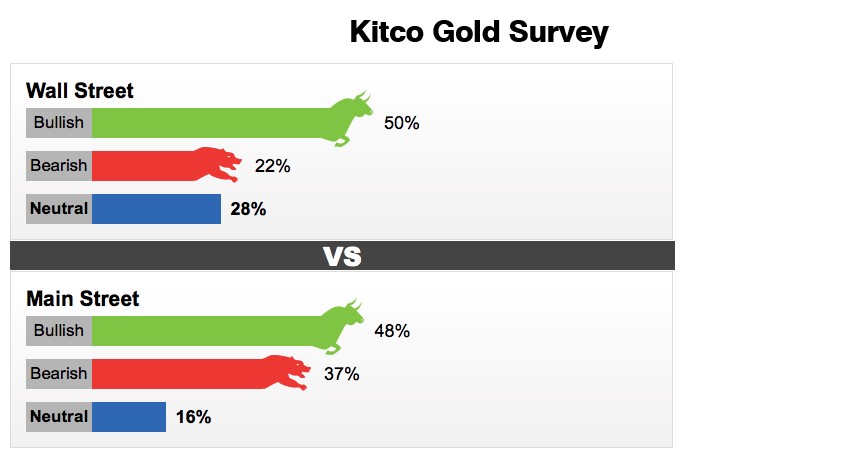
(Click to enlarge)
At the time of the Kitco report, December gold was trading down 0.4 percent for the week to just under $1,209. Now, U.S. gold futures for December have hit $1,211 at the latest.
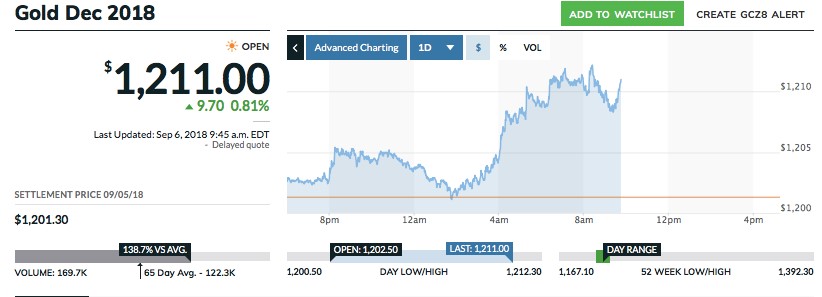
(Click to enlarge) Today, a weaker dollar, short-covering and physical buying in Asia have helped give gold a bit of strength.
Overall, gold has tumbled more than 12 percent from its April peak of $1,365.23 this year, and this has prompted a significant amount of physical buying across India, China and the wider Southeast Asia, according to Livemint.
“The precious metals are witnessing a relief bounce, which coupled with the strong oversold conditions is leading to some short covering,” Gianclaudio Torlizzi, partner at consultancy T-Commodity in Milan, was quoted as saying. “The bottom is very close because I think the US dollar is close to reaching the top, together with the peak of the US economy.”
In theory, there is a massive line-up of developments that should be propping up gold, but lately it’s been defying tradition.
Related: Markets Open Flat As Investors Take Profits From Recent Rally
We’ve got $34 billion in tit-for-tat tariffs launched in July by the U.S. and China, and Trump vowing to slap tariffs on an additional $200 billion in Chinese goods soon (the deadline for that decision is today). We’ve also got the languishing NAFTA negotiations. In other words, moving quickly to a full-blown trade war—but is that good or bad for gold? There is no real consensus.
So far, the tariff battle has hurt gold by boosting the dollar.
Phil Flynn, senior market analyst with at Price Futures Group, told the Kitco survey that gold should trade higher since “we are closer to a trade deal and the new Trump sanction threats should bring China to the table.”
Adam Button, managing director of ForexLive, gave Kitco a different view, though still positive for gold: “There are significant risks brewing in the U.S.-China trade war and that could spark a relief rally in gold on a flight to safety.”
But there may be another boost to the dollar, too.
Hareesh V, head of commodity research, Geojit Financial Services, told CNBC that "this week's non-farm payrolls data could strengthen the dollar further and push gold down. But it is likely to take support near $1,140."
Despite the stronger dollar, though, some (like Adrian Day Asset Management) told Kitco that “gold has gained support from the Federal Reserve’s emphasis on a ‘gradual’ rate of interest rate increases”.
But Bob Haberkorn--senior commodities broker with RJO Futures—sees the metal to pulling back as the market starts to factor in the Fed’s Open Market Committee meeting coming up later this month.
Buying in Asia is helping because may view a key reason for the weakness in gold as the record pace of dumping by fund managers.
Indeed, fund managers have been dumping gold at a pace not seen since December 2016, and Michael Hartnett, chief investment strategist at Bank of America Merrill Lynch says there’s been $7 billion in outflows over the past three months alone, Business Insider reported.
CFTC data shows that hedge fund managers have never been this pessimistic about gold since 2006. CME managed money net-long positions have hit their lowest in 12 years while net-long positions turned negative in August for the first time since 2001.
Some bears will agree that gold will soar to new highs, “but not before an epic decline”, as Safehaven reported earlier this week.
They cite the steady rise in gold to silver ratio and the underperformance of mining stocks, among other things.
By Michael Kern for Safehaven.com
More Top Reads From Safehaven.com




